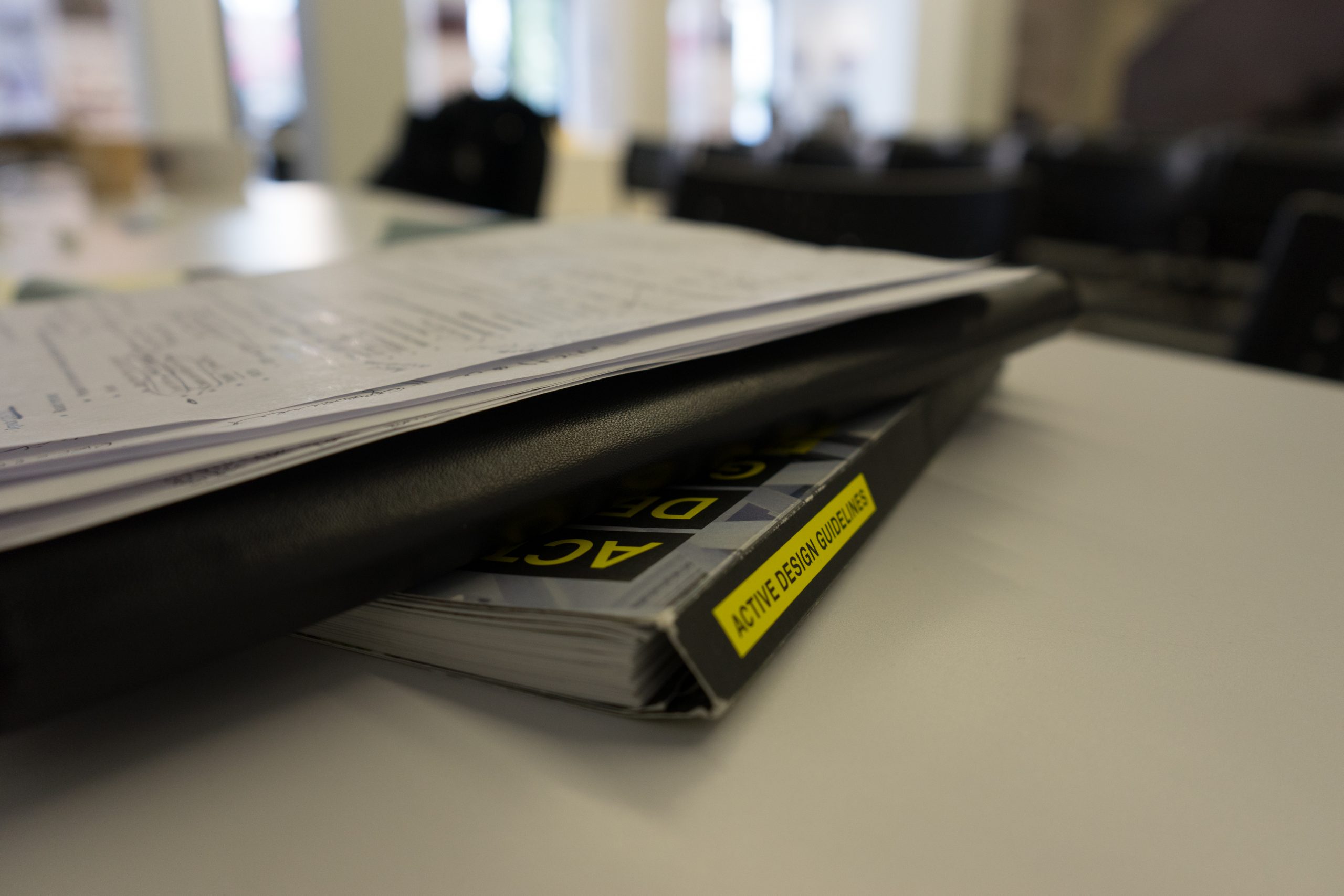
Active Design: Building a Healthier Miami
January 13, 2016
Miamians might be getting themselves in some hot water and were not talking about a visit to the beach. Our community health outlook tells us we need to start taking steps, quite literally, towards better health.
For instance, obesity among Florida adults is on track to hit 58.6% by 2030. That’s more than double the 26.6% seen in 2012 (source: Trust for Americas Health, Robert Wood Johnson Foundation). Considering that obesity is accompanied by a set of related diseases such as diabetes and cardiovascular disease, finding ways to improve our health by increasing physical activity and eating healthy really adds up to a much higher quality of life for everyone.
Obesity is just one indicator, though. Many aspects of our physical, emotional and mental well-being are affected when we don’t get enough activity. Designing Miami-Dade communities with active use in mind is a great way to improve the likelihood to get consistent activity in small doses. That’s where Active Design comes in and it’s one of the most exciting projects coming out of the Miami Center for Architecture & Design (MCAD) in 2016.
Designing for Health
Active Design is a set of strategies that can be used, whole or in part, to improve overall health. Access to daily doses of physical activity and ensuring healthy food is easily available are the central goals. How that happens is almost always a result of making sure a city has ample parks, play spaces, safe walking and biking infrastructure, public transit services, activity-inspiring buildings, and of course, great urban design.
Active Design Guidelines were originally created in New York through a broad collaboration that included the New York Department of Health and AIA NY. Upon learning about Active Design, Cheryl Jacobs, MCAD’s Executive VP and AIA Miami, recognized it was something that Miami really needed. In 2015, the Center of Disease Control and Prevention awarded the Florida Department of Health a grant that was used to contract with MCAD to develop Active Design Miami. MCAD is using the New York’ guidelines as a model to develop a set of strategies that are a custom fit to Miami’ needs, environment and culture.
Over the next few months, MCAD is engaging numerous community members and leaders in an open, collaborative process that will yield Miami’s Active Design strategies.